Electrical Equipment

0
The structure and operation of the transformer. Types of cores for transformers. The concept of an autotransformer. Application of transformers. Voltage transformations
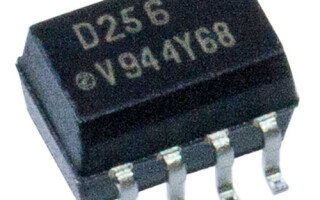
0
The device and types of optocouplers, what they are. Advantages and disadvantages of optocouplers. Applications for optocouplers and where they are used.
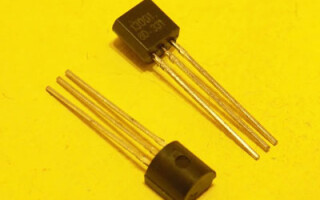
0
Basic specifications of transistor 13001. 13001 enclosure and pin options, analogs. Applications for 13001 transistors.

0
What a heterodyne is, its purpose, description of the heterodyne operation and the principle of heterodyne reception. Basic requirements for heterodyne parameters.
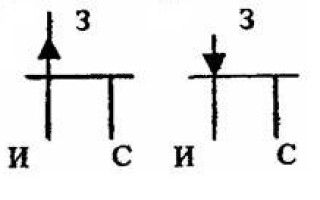
1
Design, circuit diagram and types of field-effect transistors. Unipolar p-n junction triodes with isolated gate. Diagrams for switching field effect transistors.

0
What is a microcircuit. Their purpose and use. Types of modern microcircuits. Chipshells. Advantages of using microcircuits.

0
Connection of electric motor windings according to star and delta circuit. Comparison of wiring diagrams with each other. Circuit of switching from star to delta.
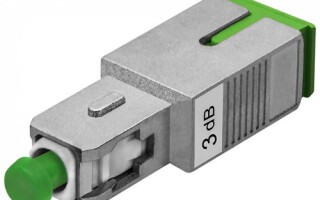
0
What is an attenuator and how it works. Types, wiring diagrams, main characteristics and area of application. Adjustable attenuators.
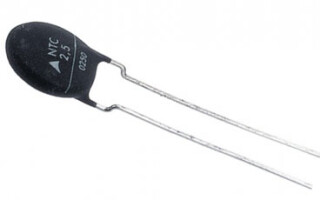
0
What is a thermistor, its design, types, principle of operation and main characteristics. How to test a thermistor for proper operation Where to use them
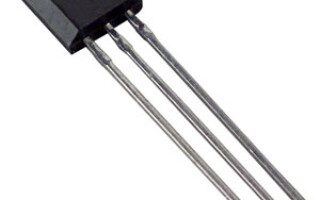
18
The principle of operation of Hall effect sensors. Types of Hall effect sensors, their construction and applications. How to check a Hall sensor for proper functioning,...
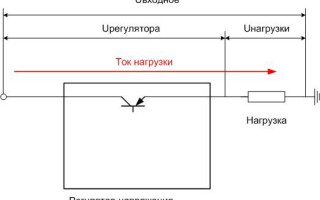
0
What are the KREN 142 voltage regulators. Varieties and analogs of microcircuits. The main technical characteristics. Pin assignment and principle of operation....
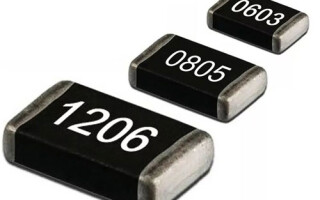
0
Three- and four-digit marking of SMD resistors. Marking of SMD resistors according to EIA-96. Tables of code-values and multipliers of EIA-96 resistor marking. Examples ...
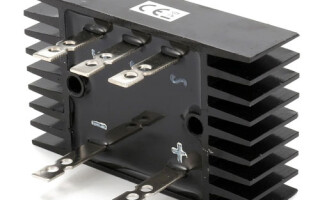
0
What a rectifier is used for in electrical engineering. The principle of rectifiers. Typical rectifier circuits: single-phase and three-phase rectifiers and rectifiers with multiplication...
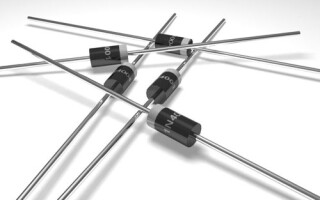
0
Description and application of 1N4001 - 1N4007 series rectifier diodes. The main technical characteristics of diodes 1N4001 - 1N4007. What are the domestic and...
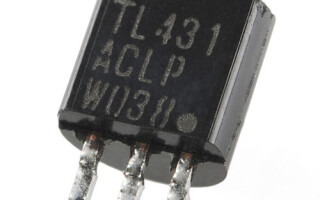
0
What is the microcircuit TL431. The main characteristics, pin assignment and working principle of the TL431. Examples of circuit diagrams and what are...
